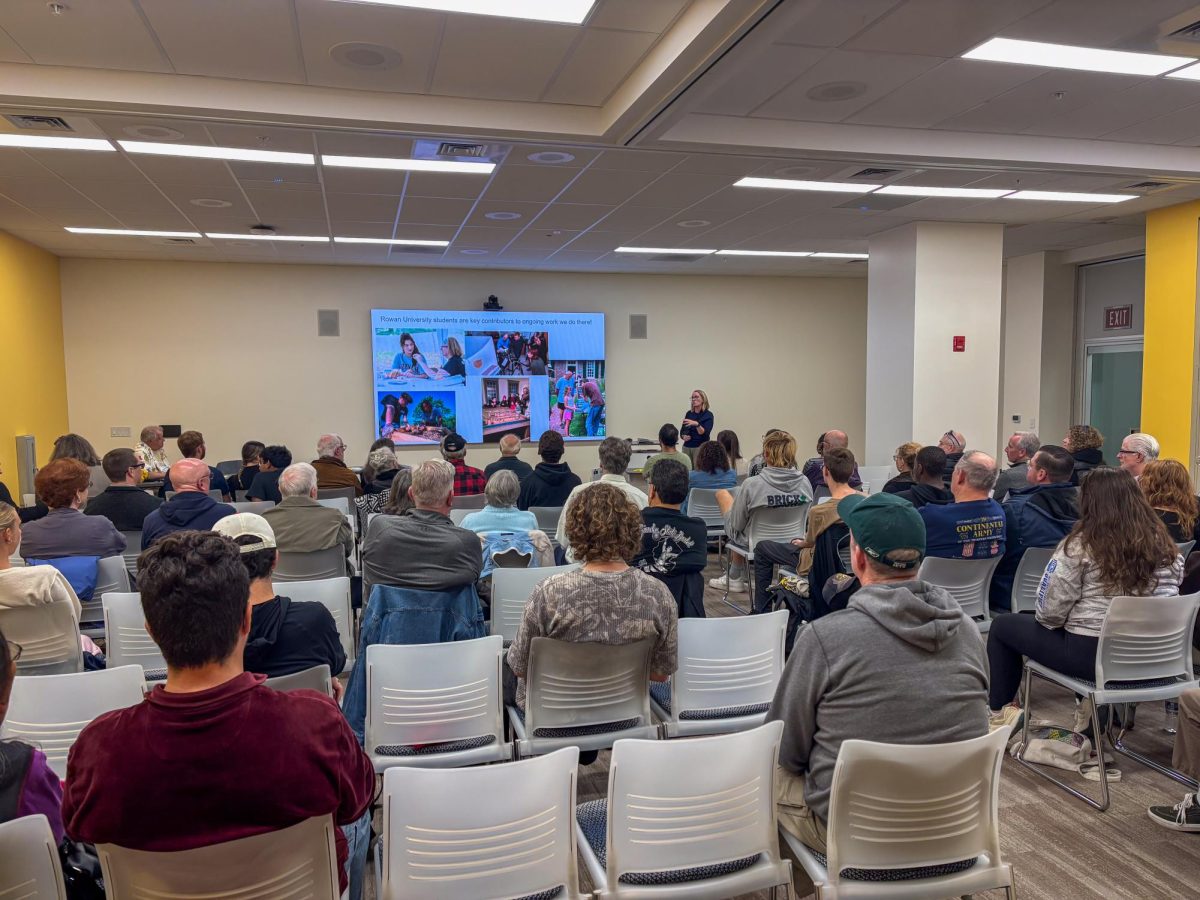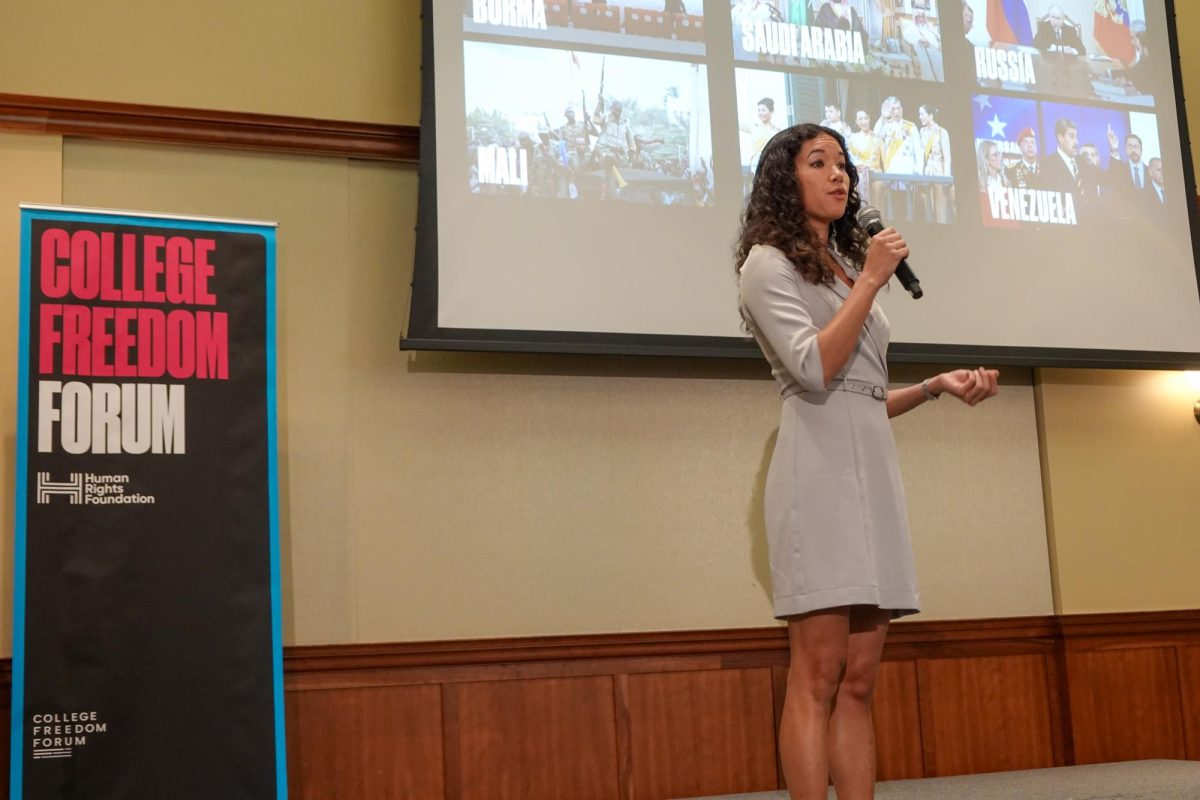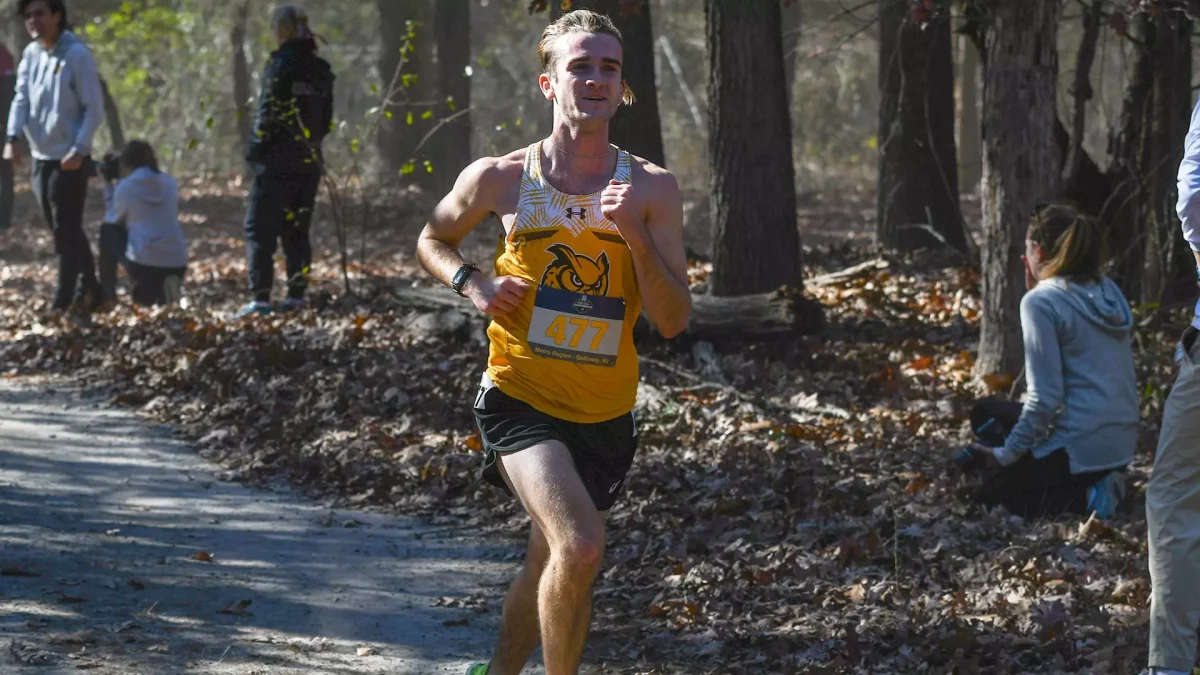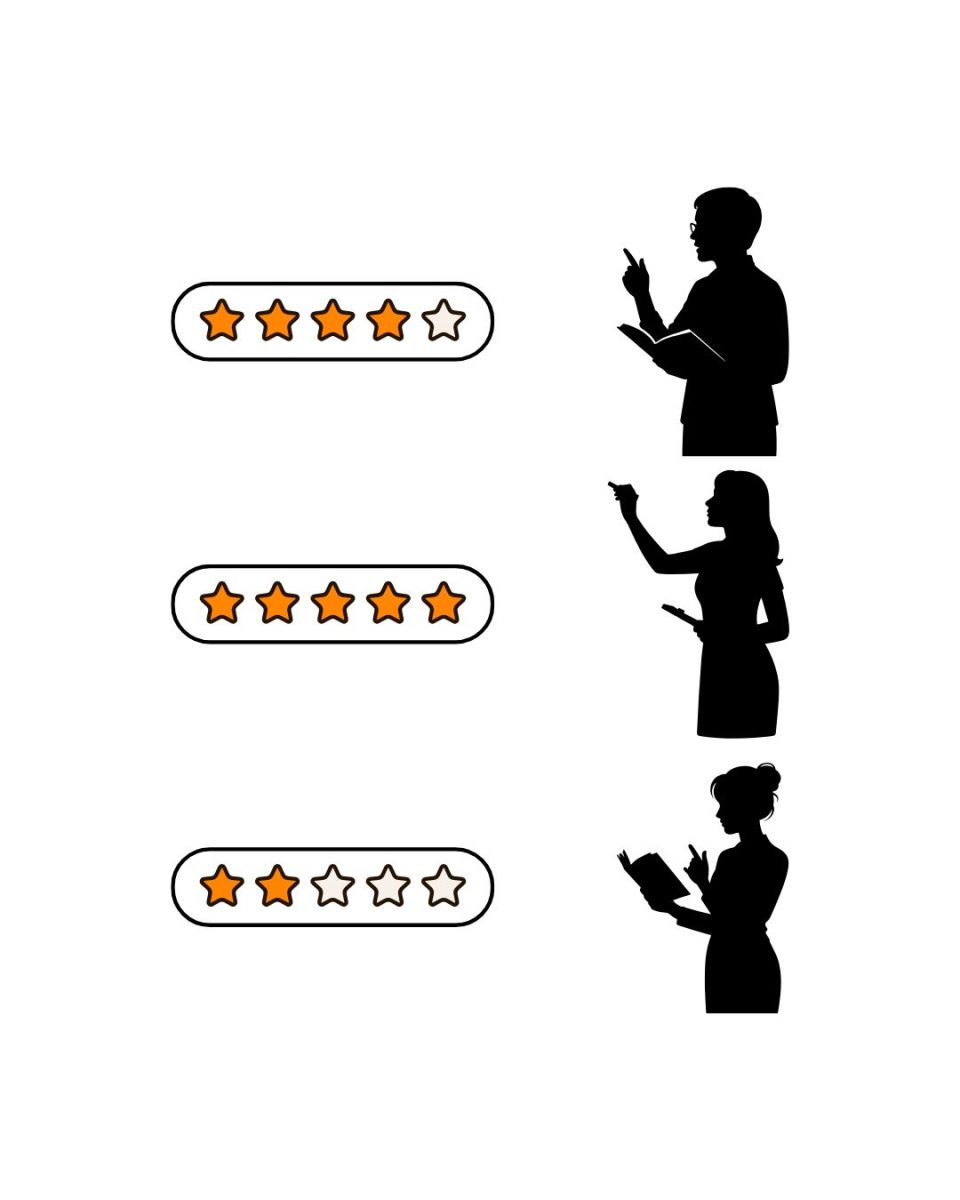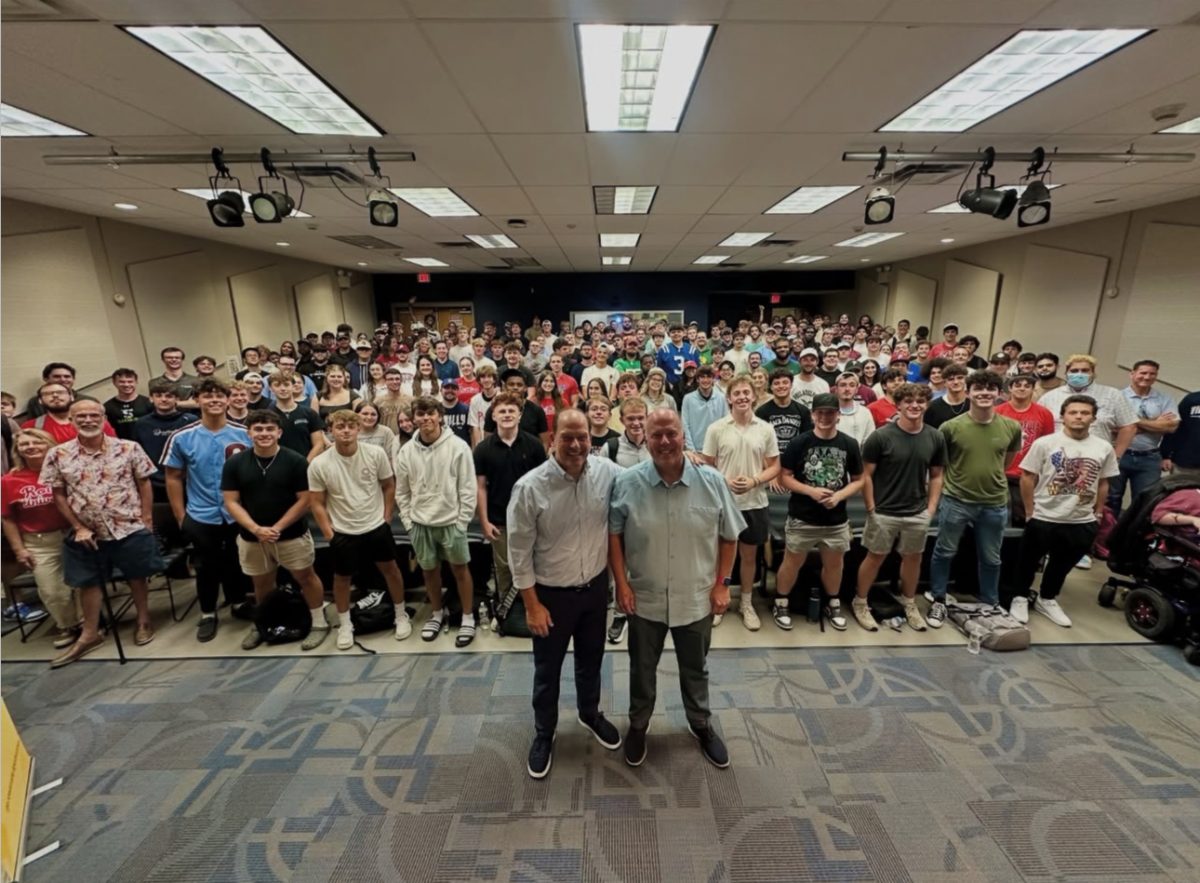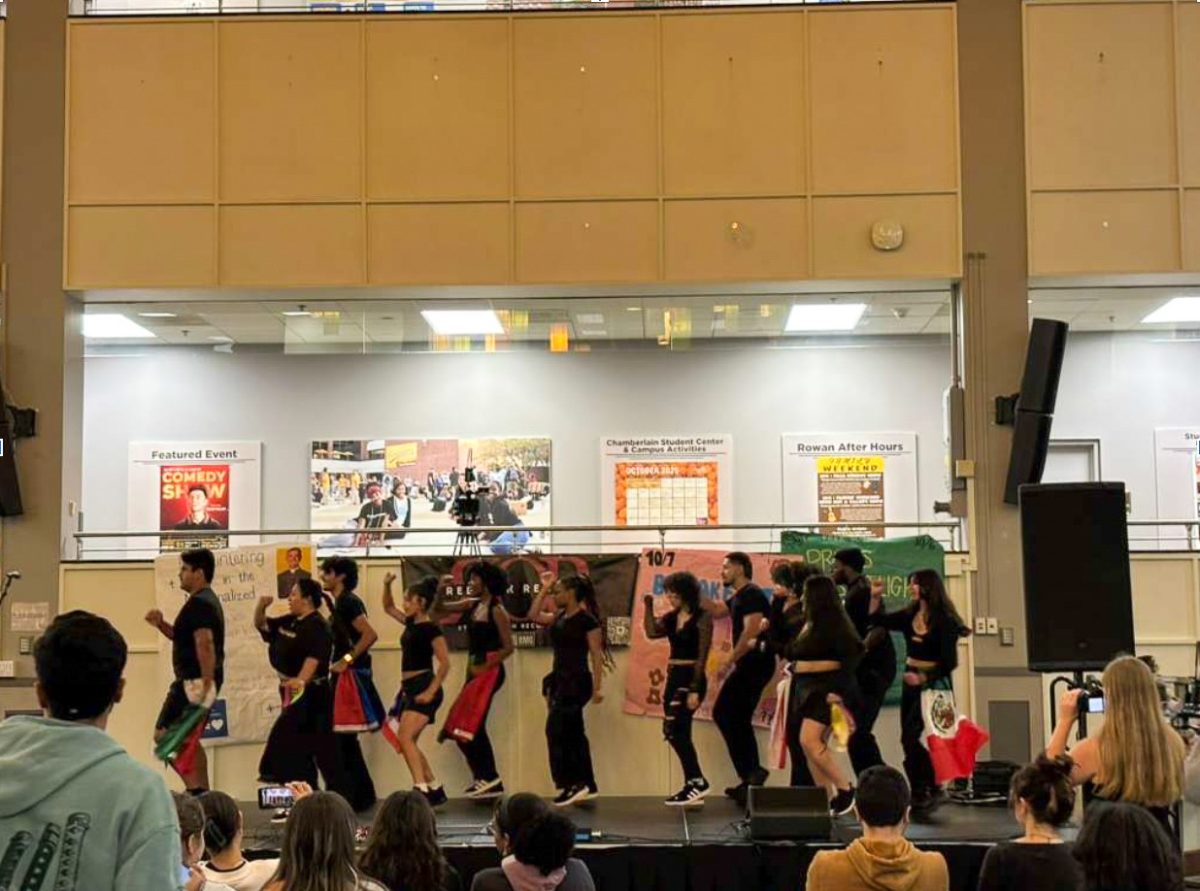Lisa Taddeo’s novel, “Animal,” is a compilation of your darkest, truest and most impulsive thoughts typed onto 321 pages for the world to read. Taddeo’s main character, Joan, doesn’t hold anything back — it’s as though she can only survive if she purges out every single thought that crosses her mind. She’s a killjoy.
“I am depraved. I hope you like me,” Taddeo writes.
After experiencing a traumatic event back in New York City where Joan’s married lover, Vic, dies in front of her, she escapes to Los Angeles in search of a woman she’s insistent on murdering. Joan believes that this woman — “Alice” — is the key to her past.
She later travels to Topanga Canyon, an isolated area in west Los Angeles inhabited by individuals that hold dark secrets and a past. Upon arriving, Joan is bombarded with messages from Vic’s widow, Mary, that ask if Vic and Mary’s daughter, Eleanor, has located her yet as she knows her daughter plans to kill Joan.
“Animal” is a rage fest. It gives you a close understanding of the “other woman” trope and shows how these women are often blamed more than the men they are involved with. You’ve heard of the homewrecker, the seducer and the temptress, but what does the media call a man who abandons his wife and kids for another woman? Joan is constantly verbally chastised by other men and women when they discover her past affairs. It asks a vital question: Should both of the people involved be put to blame?
Throughout the novel, Joan goes back and forth, from past to present, to tell her story and relive her traumas. While she does this, Joan narrates by speaking to someone whose identity remains unknown until the end of the novel — unless you’re a chronic predictor of plot lines, like myself.
The few themes that I admire in this novel are gendered violence, female rage and cycles of abuse within a family.
Joan believes that assault can be more than just physical. It can range from a simple look to a seemingly “innocent” comment, or an unsolicited sex story. She challenges the idea that men are more physical and violent than women. Women can have just as much rage as men.
As for the cycles of abuse within a family, Joan battles with herself by looking back at all the ways her mother let her down as a child. Throughout the novel, she understands that cycles of abuse can so easily happen unknowingly and it’s her choice to figure it out and decide on changing their history.
The reviews about this novel are very scattered. Some people wish to chuck this book across the room and others can’t stop thinking about it. Personally, I believe it’s one of those novels that is so interesting and doesn’t seem to stop or slow down enough to where you feel comfortable enough to put it down and move on with your life. I had a strange and fascinating urgency to finish this book.
If you’re into Gillian Flynn’s female characters, Fiona Apple’s music, or just admire a crazy woman, read Lisa Taddeo’s, “Animal.”
For questions/comments about this story email [email protected] or tweet @TheWhitOnline.



